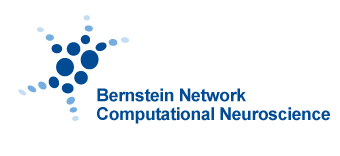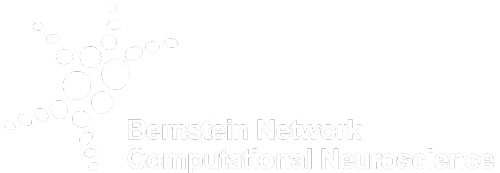Primed for memory formation
A new study carried out in a collaboration between researchers from LMU and UC San Diego suggests that new sensory experiences are encoded in pre-existing patterns of neuronal activity, which are recalled, modulated and enhanced following periods of behavioral activity.

Spectrogram of neuronal field potentials in the hippocampus © Leibold et al.
/LMU/ Nerve cells located in the hippocampus and the neighboring medial entorhinal cortex (MEC) are crucial for the formation of memories, and in particular for spatial orientation and navigation. However, the mechanisms that underlie the storage, consolidation and recall of information remain poorly understood. Researchers led by Christian Leibold (Professor of Computational Neuroscience at the LMU Biocenter) have now probed the significance of nerve-cell activation sequences that are detectable in the hippocampus when the animal is resting both before and after behavioral activity. It has been suggested that such activity patterns reflect the ‘replay’ of previous experience and are involved in the consolidation of memories. The new study shows that behavioral activity – in this case, the exploration of an unfamiliar environment – enhances these patterns and that the MEC, which is a central source of neuronal input to the hippocampus, plays an important role in the latter process. The new findings appear in the online journal Nature Communications.
Previous studies on rats have shown that certain specific patterns of neuronal activation in the hippocampus can be detected in the brains of both active and inactive animals. “There are indications that these sequences promote the formation of memories, but it was not clear up to now whether they have a common origin, are evoked by experiences or represent the stereotypical activities of prewired neural networks,” Leibold explains. To answer this question, he and his collaborators took a closer look at these sequences in rats both before their first exploratory venture into an unknown environment and during the following resting phase. “We found that many of the activation patterns exhibited by a rat during the initial exploration were in fact present prior to the animal’s first encounter with the new environment. Their ensuing behavior is accompanied by the enhancement of these patterns, and this process continues during the succeeding rest period,” Leibold says. “So the behavior of the animal endows these patterns with a specific significance.”
Previous studies carried out by Leibold and his collaborators had shown that neurons in the entorhinal cortex that project to the hippocampus have a particular impact on the temporal structure of the neuronal responses of the hippocampus, and that some of these characteristic response sequences can no longer be recalled if such input is lacking. In their latest experiments, Leibold and his team analyzed the effect of chemically induced lesions in the MEC specifically on the replay of neural activity patterns. “Surprisingly, the treatment had very little effect on the intrinsic activity sequences,” says Leibold. However, the induced defects in the MEC did have a marked impact on the enhancement of these sequences during active behavior. – Although enhancement was still observed, it was less pronounced than that seen in animals whose MEC was functionally intact.
The authors infer from these findings that, in the course of learning and memory formation, new experiences are encoded in pre-existing patterns of neuronal activity. “There is no unused storage capacity in the brain. Structured activity is present always and everywhere, and new sensory experiences are imprinted on these already established structures,” Leibold concludes.
>> original press release (German text)
Publication
Hippocampal CA1 replay becomes less prominent but more rigid without inputs from medial entorhinal cortex. Alireza Chenani, Marta Sabariego, Magdalene I Schlesiger, Jill K Leutgeb, Stefan Leutgeb, Christian Leibold. Nature Communications 2019




